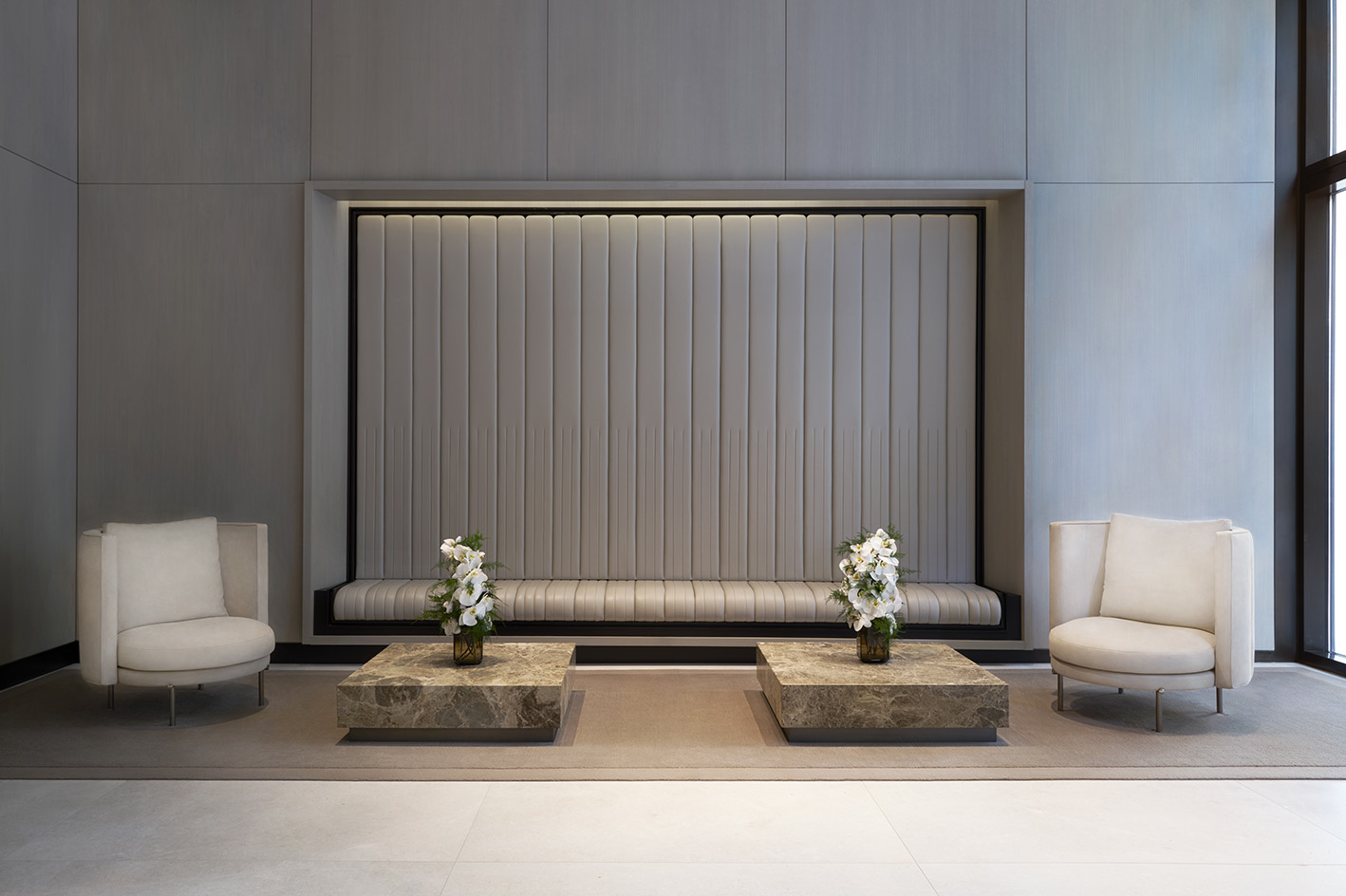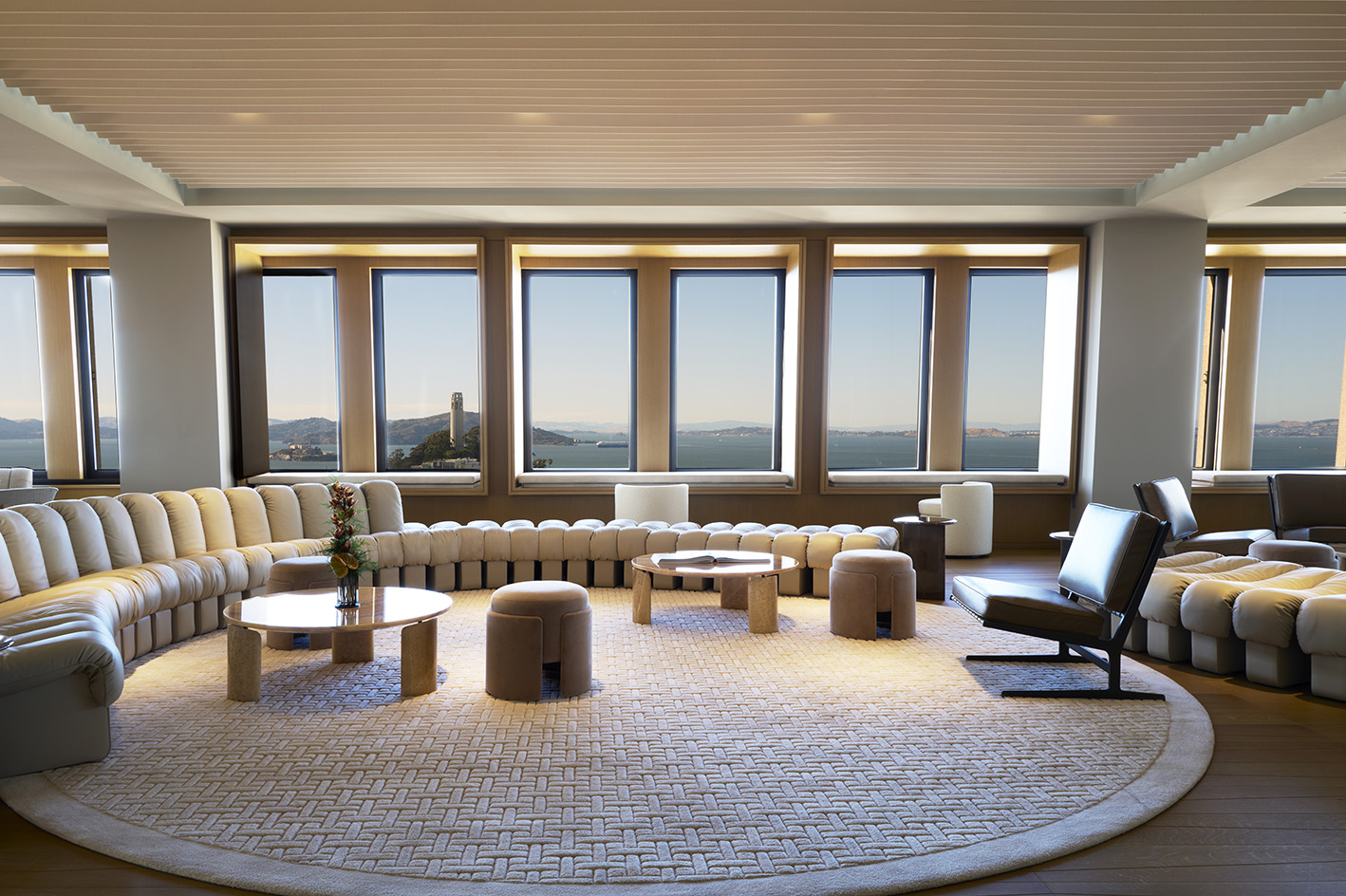
Calling the Transamerica Pyramid 'iconic' would not be an exaggeration. The distinctively shaped high rise (the clue is in the name) in the heart of San Francisco's Financial District has long been one of the city's more recognisable landmarks and its second tallest. Now, Lord Norman Foster and his firm, Foster + Partners, have remastered this West Coast classic for the 21st century, breathing new life into the structure.
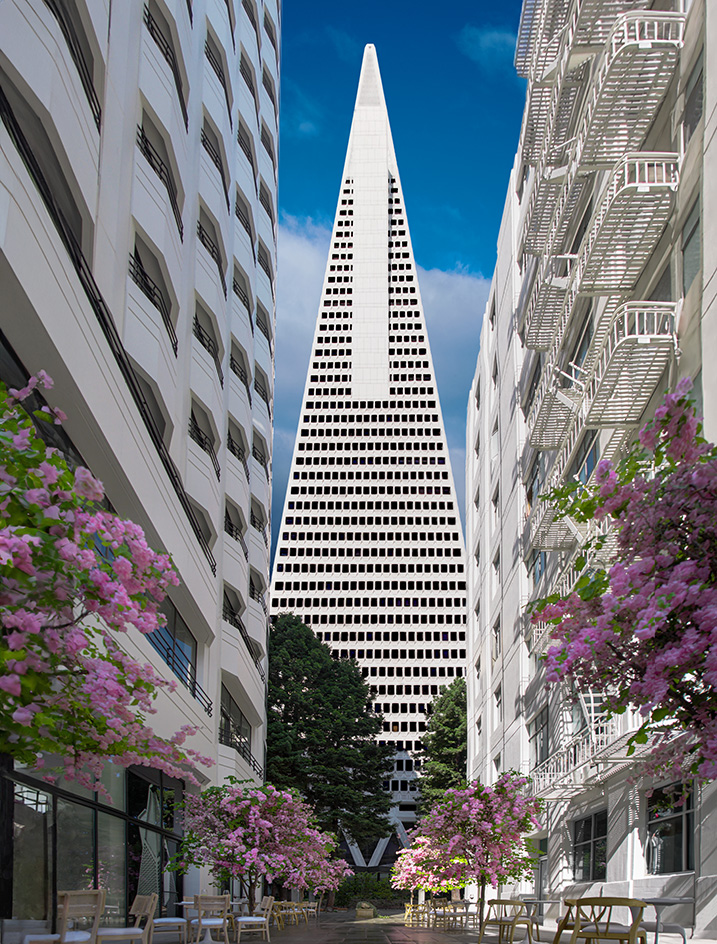
The Transamerica Pyramid, revamped
The Transamerica Pyramid was built in 1972 to a design by Californian architecture practice William L Pereira & Associates – a studio renowned for its take on modernist architecture. The impressive quartz-studded concrete tower on 600 Montgomery Street has over 3,000 windows and stands at 853ft (260m) tall. It remains to this day one of the tallest pyramidal structures in the world.
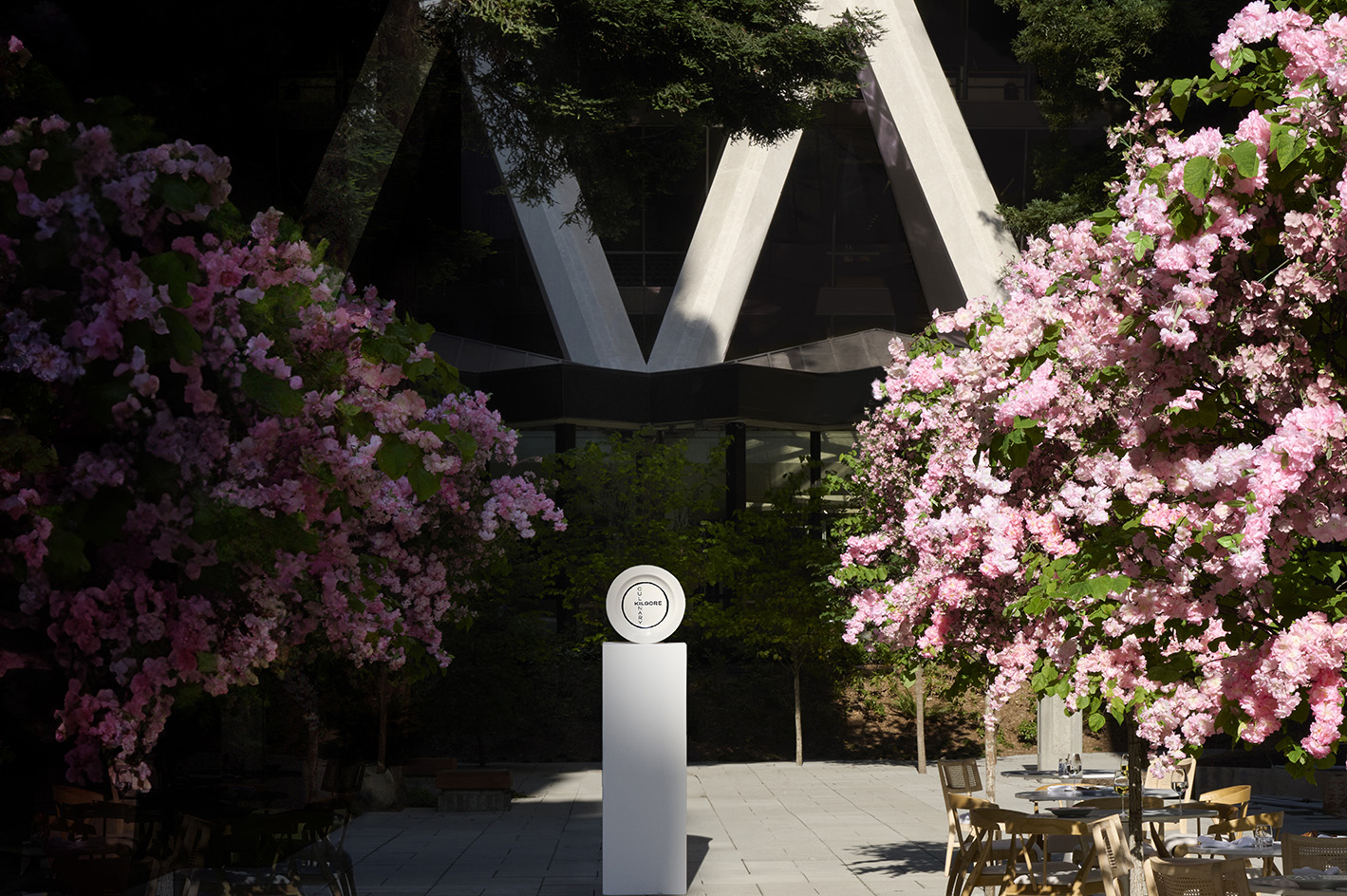
Now, Foster + Partners worked with developers SHVO and Deutsche Finance, who injected some $1bn dollar worth of investment to redesign the building for the needs of today's workforce. 'We are delighted to see Transamerica Pyramid Center entering a new era,' says Foster. 'Our transformation honours the building's history while creating interior spaces that are world-class and outdoor public gardens that reconnect with the city.'
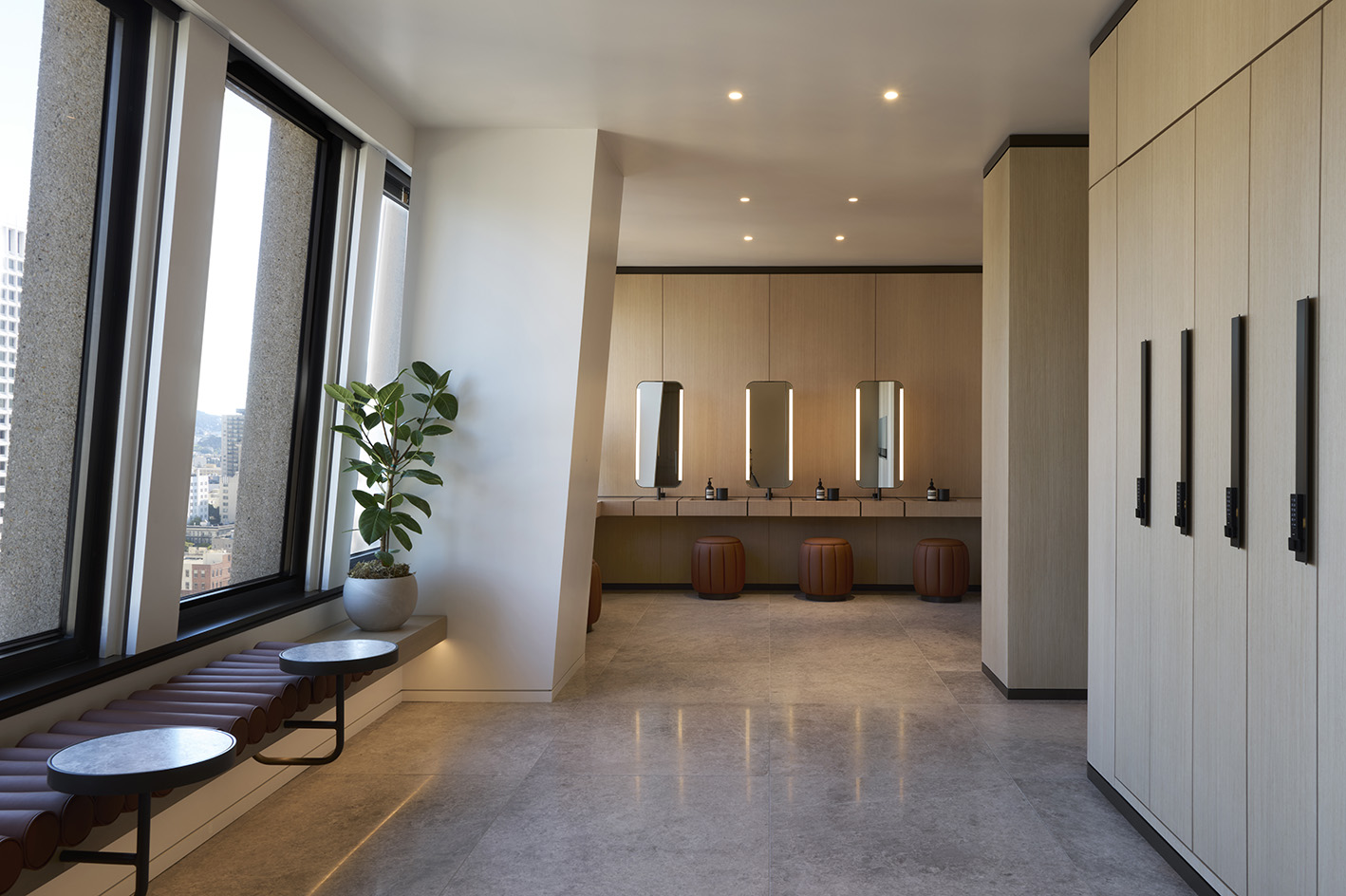
The revamp comprises a reworking of the interior with a luxury hospitality approach in mind, featuring expanded public areas and a wealth of new amenities for users and guests. A new series of public exhibitions within will establish a strong relationship with the creative world too – and the first installations are curated by Foster himself. These include ‘The Vertical City’, a selection of high-rise architecture by Foster + Partners; and ‘Les Lalanne at Transamerica Redwood Park’, an outdoor exhibition on the work of iconic French artists Claude and François-Xavier Lalanne.
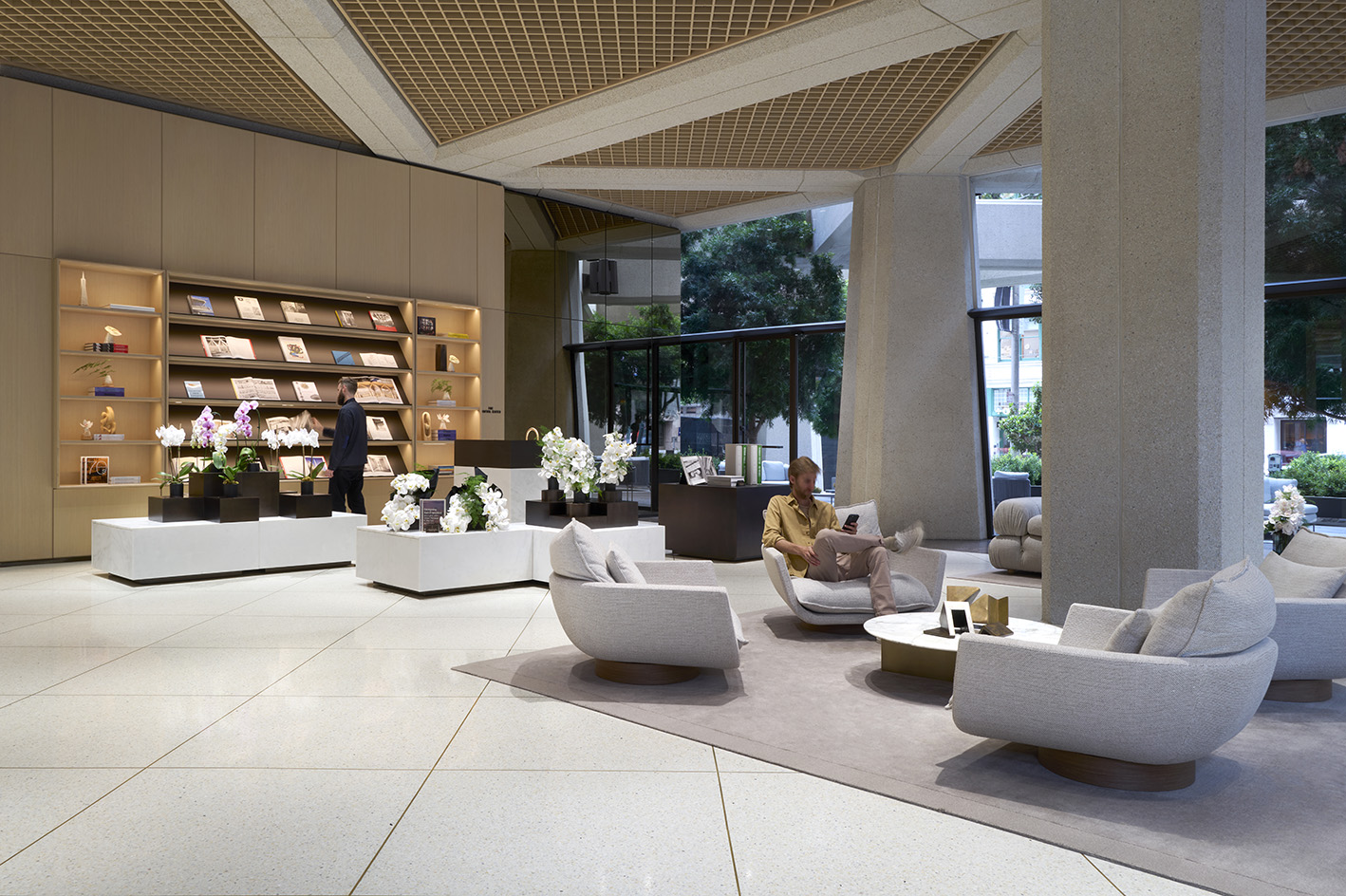
Meanwhile, San Francisco mayor London Breed adds: 'The Transamerica Pyramid is more than just a building, it’s a symbol of San Francisco's spirit. This renovation ensures that it will continue to be a landmark for generations to come, while also creating a thriving hub for businesses and fostering a vibrant public space.'
